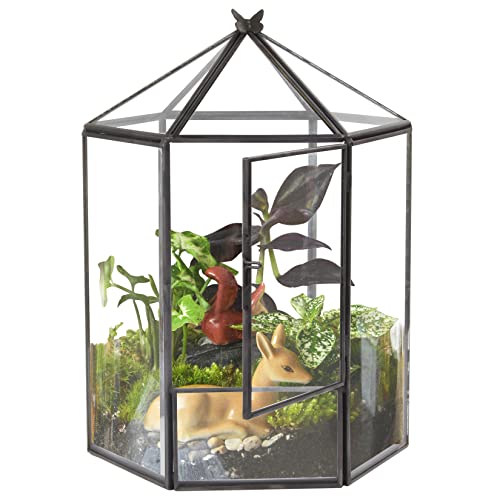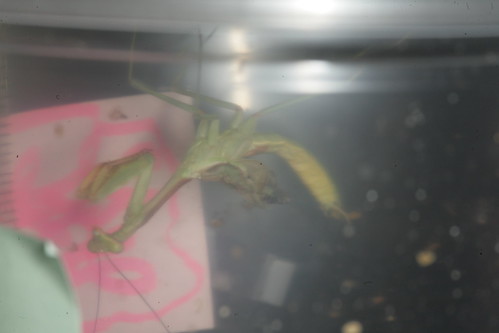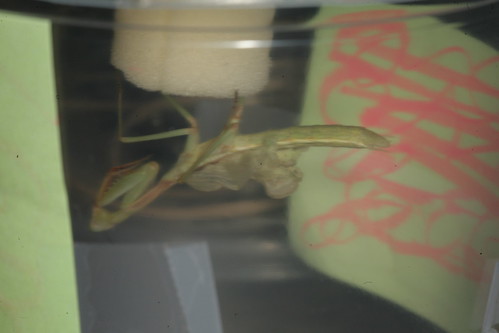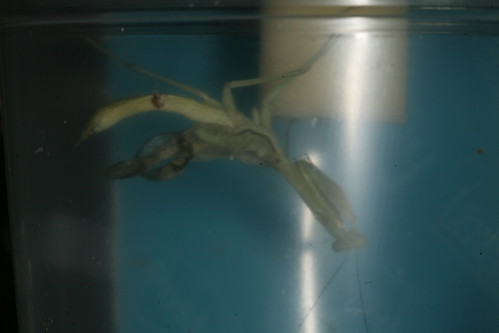kamakiri
Well-known member
Of my 7 S. limbata males that have molted to adult, 3 have not fully pumped up their wings. I have watched most of the molt for those three, and nothing bad happened during the molts that would appear to cause this. No falls, injuries, or inability to get face-up for the late phase of the molt. My initial feeling is that with statistically near 50% of the molts so far having this issue, that it is possibly a genetic problem. I have 6 more L7 males to go, so I will have a larger data sampling over the next week or so. All three molted on different days, each concurrent with one of the normal molts...so that eliminates almost any differences or issues in environmental aspect +/- three hours or so.
Arkanis, have you seen the same problems with the mantises from the same ooth(s)? Or was this from two ooths and maybe it is 100% from one ooth?
I'm definitely not going to try breeding these, I wouldn't want to pass on such a defect.
I'll post pictures later.
Arkanis, have you seen the same problems with the mantises from the same ooth(s)? Or was this from two ooths and maybe it is 100% from one ooth?
I'm definitely not going to try breeding these, I wouldn't want to pass on such a defect.
I'll post pictures later.















































